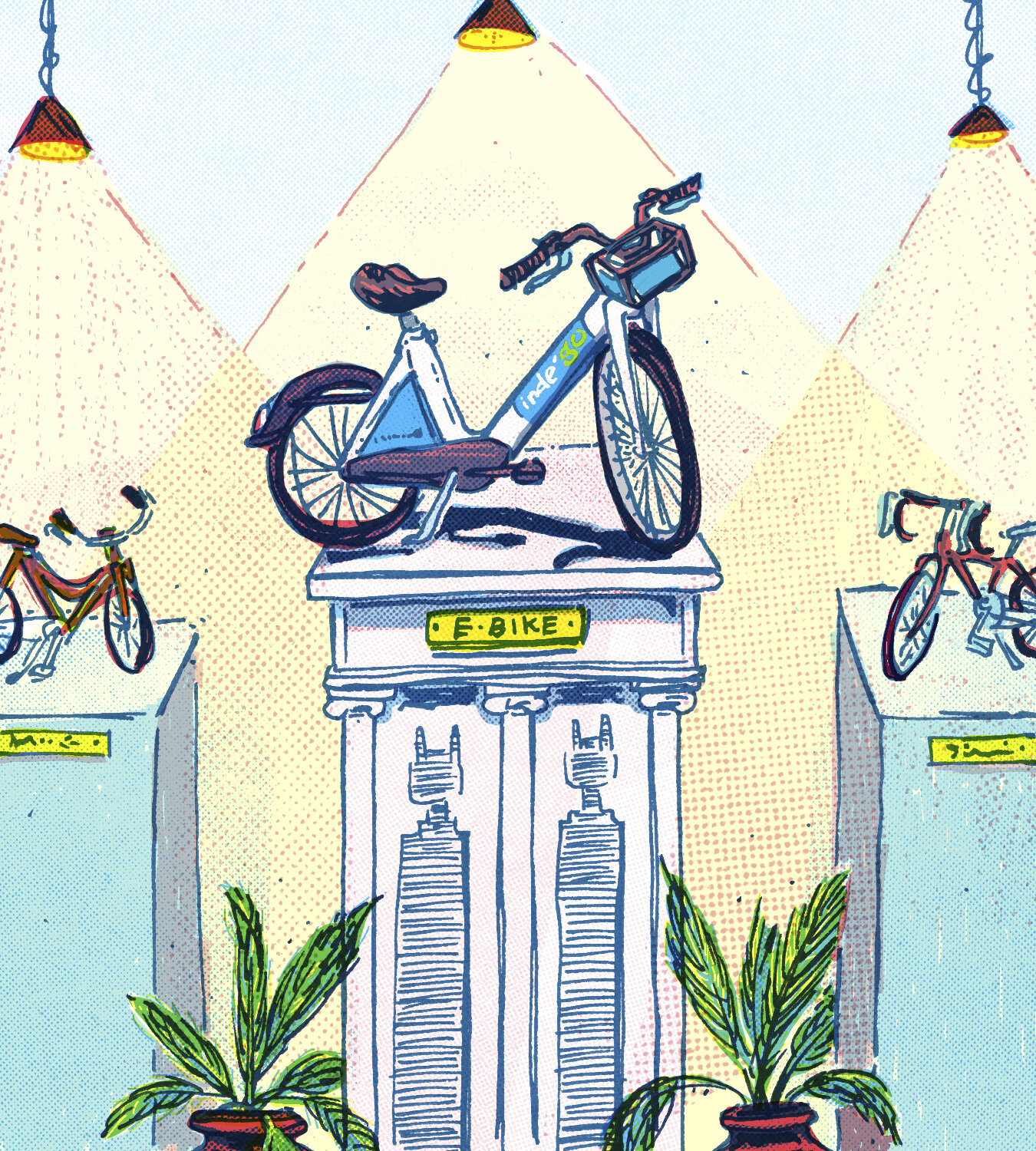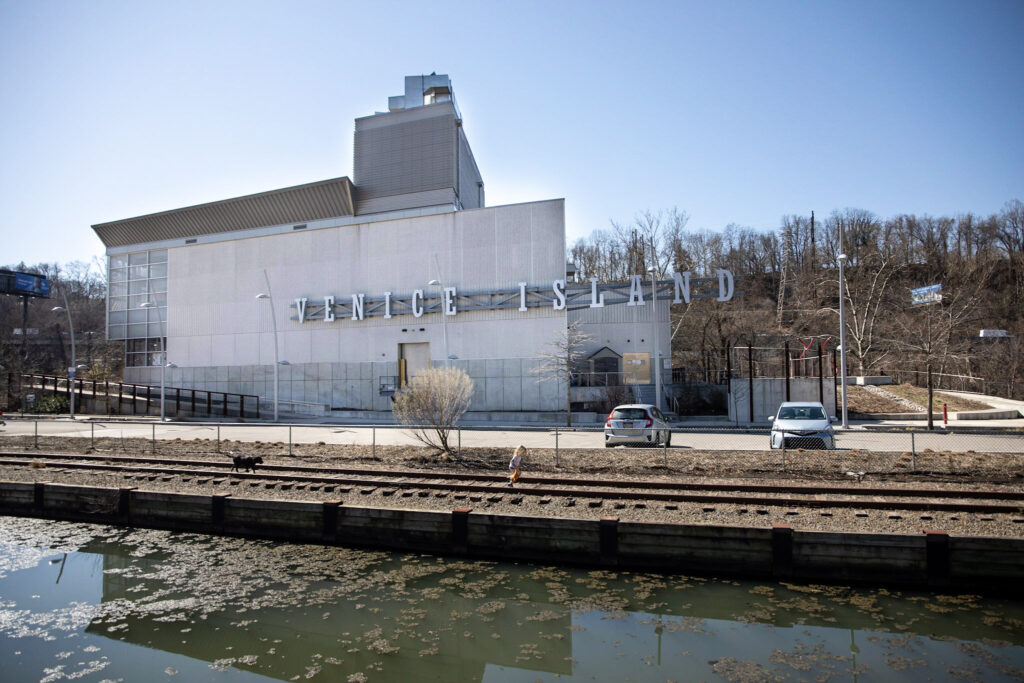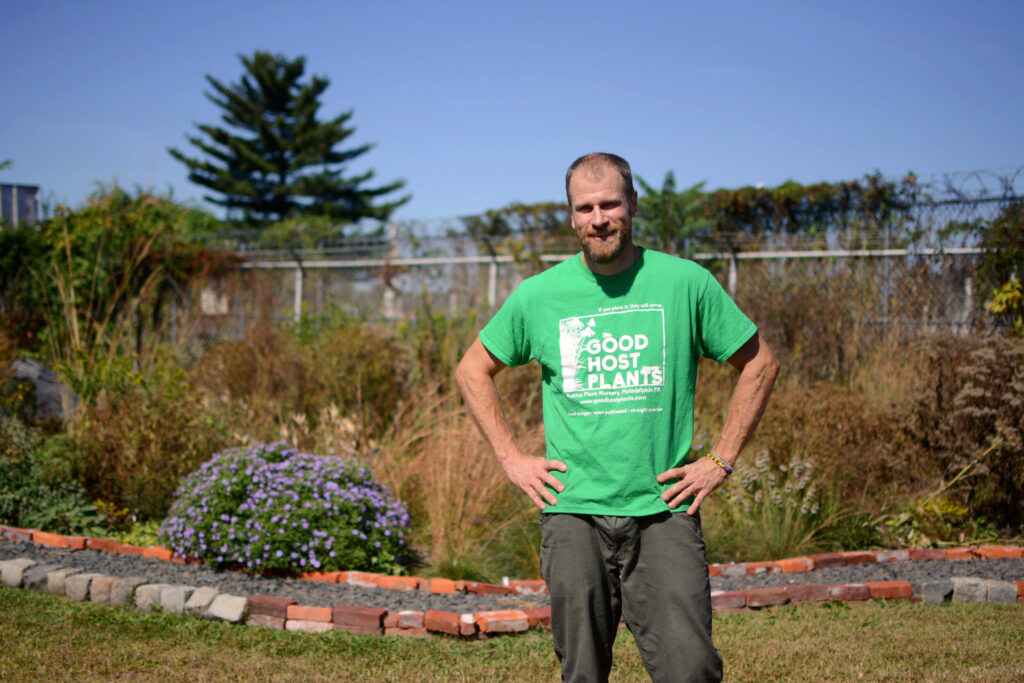Illustration by Sean Rynkewicz
By Randy LoBasso
Demetrius Coleman remembers the first time he got on an electric bike. It was 2019. “The second week of June,” he says. He took the white battery-boosted bicycle from its Indego Bike Share docking station in his Strawberry Mansion neighborhood and headed to his then job at Hank Gathers Recreation Center at 25th and Diamond streets. “From there, I rode to Ellen Phillips Samuel Memorial, across the Strawberry Mansion Bridge,” he recalls.
Coleman, 44, has lived in Strawberry Mansion his entire life, yet it was the first time he’d ridden across the area on a bicycle—and an e-bike at that. “I cross that bridge all the time driving, but it was a different experience on the bike,” Coleman says. “I was able to take everything in; the pedal-assist made things a lot easier for distances and hills, and to go farther.”
After that, Coleman began riding the Indego e-bikes everywhere. If he got to the docking station near his house and there were only the blue non-electric bikes available, he’d check out the app, see how close he was to an e-bike and chase it down. “The bike was my friend after that,” Coleman says with a laugh. And he’s not the only one who feels this way.
We saw a plethora of news stories this winter about Indego e-bikes going missing and, later, being pulled from the Indego fleet to be updated with tracking features. But lost in those stories was just how popular these bikes actually are.
People like Coleman represent a new generation of riders utilizing these technological marvels, and the City of Philadelphia hopes to share them with more people in more neighborhoods over the coming years.
Following numerous other cities around the United States, Philadelphia introduced e-bikes into its fleet of rental bicycles in 2019. They were immediately popular, and at 15 cents more per minute, just a bit more expensive to rent.
During Indego’s peak riding period, between July and August, the company found roughly 22 percent of all trips were made via e-bike, even though the vehicles represented just about 11 percent of all bikes in the fleet.
The immediate popularity of the e-bikes wasn’t surprising to Office of Transportation, Infrastructure, and Sustainability program manager Aaron Ritz, but he says he’s very satisfied with the data. “We saw some really good trip numbers when we piloted 10 e-bikes in fall 2018,” he says. “That was done without any surcharge … with a very small fleet of bicycles … so we were glad that the high usage rates during the pilot were not a fluke.”
By August last year, 41 out of the 192 cities in the U.S. with bike-share systems had begun incorporating e-bikes. Most cities have witnessed the same positive results Philadelphia has seen.
Philadelphia is representative of the majority of cities in that it offers both electric and “acoustic” bikes in its fleet, although there’s a possibility the traditional two-wheelers are holding Indego back. In Madison, Wisconsin, bike-sharing went all-electric due to the bikes’ popularity and has since had up to four times more riders on a given day, compared to the previous non-e fleet.
While we probably won’t see an all-e fleet any time soon in Philadelphia, for Philadelphians everywhere, e-bikes are sort of a no-brainer for a host of reasons.
“I started using them almost exclusively after they came out,” says Jon Geeting, engagement editor at the nonprofit organization Philadelphia 3.0. “It’s crazy how much better they are. [You’re] telling me for a few extra cents I can basically have biking superpowers where I can go faster … and not sweat even a little bit? Who wouldn’t choose it?”
Given Philadelphia’s aggressive motorists, e-bikes can also help level the playing field.
“E-bikes are fun, and if you aren’t a fast bike rider, an e-bike can help keep you going with the flow of traffic in city streets like ours without having to worry that cars are trying to squeeze past you, especially when starting out from a stop,” notes Lynne Brosch, a longtime Philadlephia cyclist.
For Kensington resident and 5th Square volunteer Kara Kneidl, e-bikes brought freedom in the face of an illness that consumed her. Diagnosed with cancer in 2019, Kneidl was often too tired to get to her appointments on her regular bicycle. She started riding Indego e-bikes and could make the trip. She describes the experience as very significant to her life. “The first time I rode the e-bike from work to one of my appointments I cried for probably the entire 10-minute ride and then some,” she says. “It was really emotional to have a little bit of my freedom and independence back during a time when I was struggling to even walk around the block.”
With a lack of bus shelters and seating, she says: “I was really struggling to get around the city. I was too sick to walk or ride a regular bike more than a few blocks, so the e-bike gave me freedom without having to resort to rideshares or taxis.”
Ritz notes the system’s “Equity Users” (discounted Access Pass holders and those who’ve taken the city’s Digital Skills and Bicycle Thrills classes, the latter of which includes Coleman) make up about 10 percent of all active users on a given day, and 13 percent of trips.
“We’ve also seen that the e-bikes are more likely to make trips out to the edges of our system than a classic bike,” Ritz adds. “It makes sense; when someone has a longer distance to ride, the e-bike makes a big difference.”
As was reported by numerous media outlets in February, after being re-outfitted, Indego’s e-bikes were put back on the streets, fully equipped to help anyone who wants to get around the city.
For Coleman, he sees the e-bikes as a big part of the city’s future. He’s begun introducing Indego bike sharing to his family and co-workers, and intends to bring several colleagues to skills courses organized by Indego and the Bicycle Coalition of Greater Philadelphia. “I think there should be more e-bikes out there …” he says. “People should have both options—but if I need an e-bike, I’m getting on one.”










